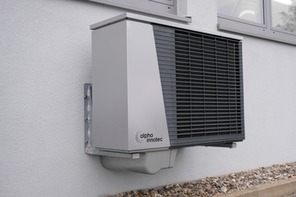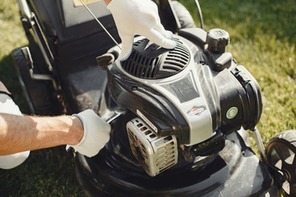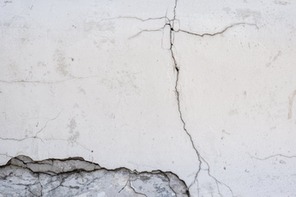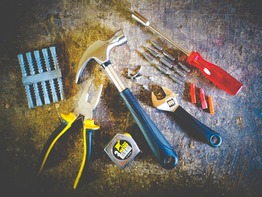- Local.Repair
- Blog
- Common Appliance Repairs You Can Do Yourself
Common Appliance Repairs You Can Do Yourself

Introduction: DIY Appliance Repair Guide
In today's fast-paced world, home appliances have become essential tools in our daily lives. However, like any other machine, appliances are prone to wear and tear. Instead of immediately calling a professional repair service, you may be able to save time and money by attempting some appliance repairs yourself. In this DIY appliance repair guide, we will provide you with tips and techniques on how to fix common appliance problems.
Safety Precautions Before Starting
Before attempting any appliance repair, it is crucial to ensure your safety. Always unplug the appliance before starting any repair work to prevent electric shock. Additionally, make sure to wear gloves and safety goggles to protect yourself from sharp edges and potential hazards. If you are dealing with gas appliances, remember to turn off the gas supply before starting any repairs. Safety should always be your top priority when working with appliances.
Tools You'll Need for Appliance Repairs
Having the right tools is essential for successful appliance repairs. Some basic tools you may need include a screwdriver set, pliers, nut drivers, voltage tester, and multimeter. These tools can help you diagnose and fix a wide range of appliance problems. Investing in a good set of tools will not only make your repairs easier but also save you time and money in the long run.
How to Fix a Leaking Dishwasher
One common issue with dishwashers is leaking water. To repair a leaking dishwasher, start by checking the door gasket for any signs of wear or damage. If the gasket is damaged, you can easily replace it by purchasing a new one from a hardware store. Another common cause of leaks is a clogged or damaged drain hose. Check the drain hose for any blockages or cracks and replace it if necessary.
Troubleshooting a Noisy Refrigerator
A noisy refrigerator can be a nuisance in your home. To troubleshoot a noisy refrigerator, start by checking the condenser coils for dirt and debris. Cleaning the coils with a brush or vacuum can often reduce noise levels. If the noise persists, check the evaporator fan motor and the condenser fan motor for any obstructions or damage. Replacing these parts can help eliminate the noise coming from your refrigerator.
Repairing a Malfunctioning Washing Machine
If your washing machine is not working properly, there are a few common issues you can check for. Start by inspecting the water inlet valve for any blockages or damage. Cleaning or replacing the water inlet valve can help resolve issues with water flow. Additionally, check the drive belt and motor for any signs of wear and tear. Replacing these parts can often restore your washing machine to working condition.
Steps to Fix a Gas Stove That Won't Ignite
If your gas stove is not igniting, there are a few steps you can take to troubleshoot the issue. Start by checking the igniter for any signs of wear or damage. If the igniter is faulty, it may need to be replaced. Additionally, ensure that the gas supply to the stove is turned on and that the burner ports are clear of any obstructions. Following these steps can help you fix a gas stove that won't ignite.
Easy Ways to Unclog a Garbage Disposal
A clogged garbage disposal can be a frustrating problem in your kitchen. To unclog a garbage disposal, start by turning off the power to the disposal to prevent any accidents. Use a plunger or a plumbing snake to clear the blockage in the disposal. Avoid using harsh chemicals as they can damage the disposal unit. Once the clog is cleared, run water to ensure the disposal is working properly.
Tips for Repairing a Microwave That Won't Turn On
If your microwave is not turning on, there are a few common issues you can check for. Start by checking the power supply to ensure the microwave is receiving electricity. If the power supply is working, check the door switch for any signs of damage. Replacing the door switch can often fix issues with a microwave that won't turn on. Additionally, check the fuse and the control board for any faults.
Conclusion: Save Money with DIY Appliance Repairs
In conclusion, learning how to repair common appliance issues can save you time and money in the long run. By following safety precautions, investing in the right tools, and having a basic understanding of appliance mechanics, you can successfully troubleshoot and repair many common appliance problems. Remember that some repairs may require professional help, especially if they involve complex electrical or gas systems. However, by attempting simple repairs yourself, you can gain confidence in your DIY skills and keep your appliances running smoothly.




